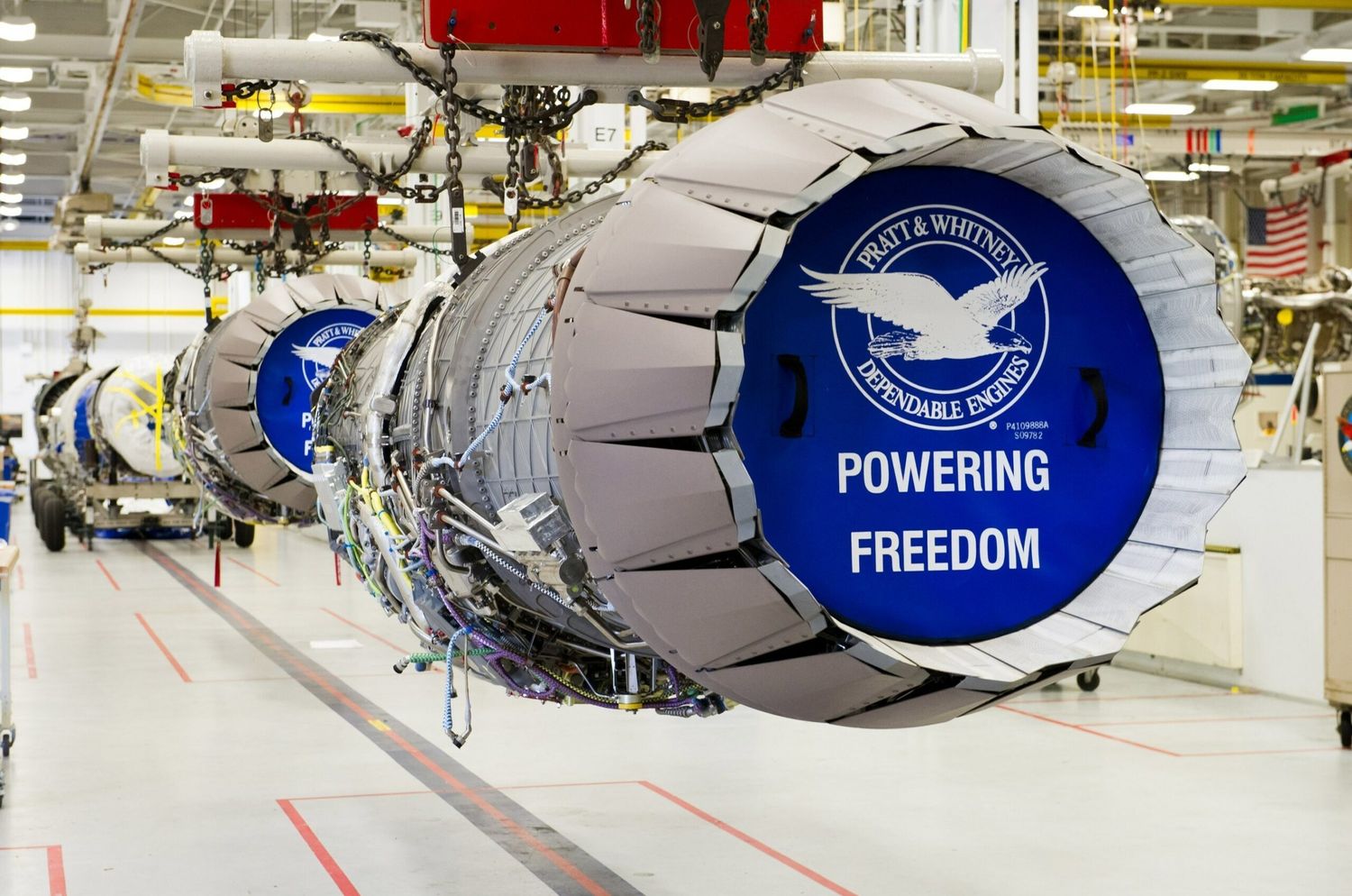Paris Air Show: Pratt & Whitney reported progress on the F135 engine upgrade for the F-35 fighter jet
During the 54th Paris Air Show, Pratt & Whitney announced that it is on track to complete the preliminary design review (PDR) of the F135 engine core upgrade and move into the detailed design phase in early 2024. To meet this deadline, the company has more than doubled the team working on the F135 Engine Core Upgrade (ECU), from 200 to 500 people.

The preliminary design review will focus on demonstrating that the design meets the customer’s requirements with acceptable risk and that the design maturity is sufficient to enter the detailed design phase.
See also: First F-35 upgraded to Technology Refresh 3 configuration took off
«This upgrade will provide the F135 what it needs to support the additional capabilities that will soon be introduced to the F-35 through the jet’s Block 4 upgrade,» said Jill Albertelli, president of Pratt & Whitney’s Military Engines business.
Pratt & Whitney’s F135 ECU preliminary design activities are funded by a $115 million contract awarded in December 2022 and additional funding provided in the FY23 Defense Appropriations bill. In March 2023, the Department of Defense chose to upgrade the F135 versus replace it with an entirely new engine. The decision was announced as part of President Biden’s 2024 budget proposal.
See also: F-35 re-engining could be too expensive for the USAF
«The Department of Defense is laser-focused on delivering National Defense Strategy priorities, while carefully managing costs,» said Jen Latka, Pratt & Whitney’s vice president for the F135 program. «The engine has delivered more than twice the amount of bleed flow required in the original specifications for years. An upgrade will give the engine the capabilities it needs to meet and exceed the F-35’s growing requirements for power and thermal management while improving durability and restoring life to the engine.»
According to Pratt & Whitney, the F135 modernization is the fastest, most cost-effective and lowest-risk path to surpass Block 4 capability for all global F-35 operators. It is optimized for all three F-35 variants and will yield $40 billion in lifecycle cost savings by avoiding disruptive and costly air vehicle changes and leveraging the current global sustainment infrastructure.



Comentarios
Para comentar, debés estar registrado
Por favor, iniciá sesión